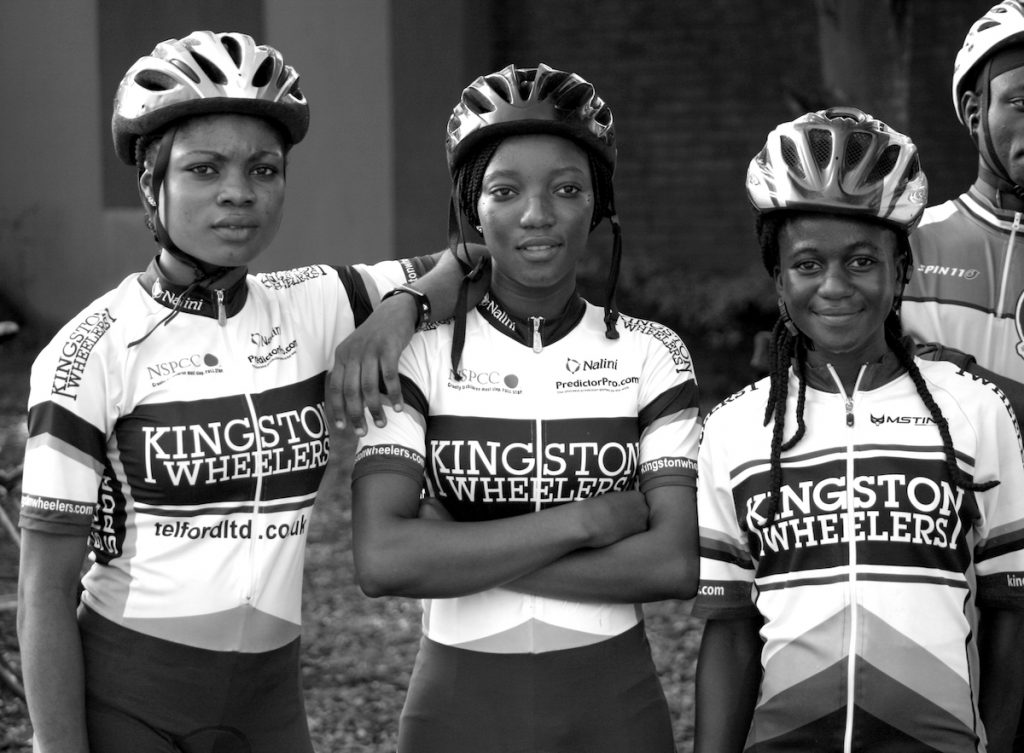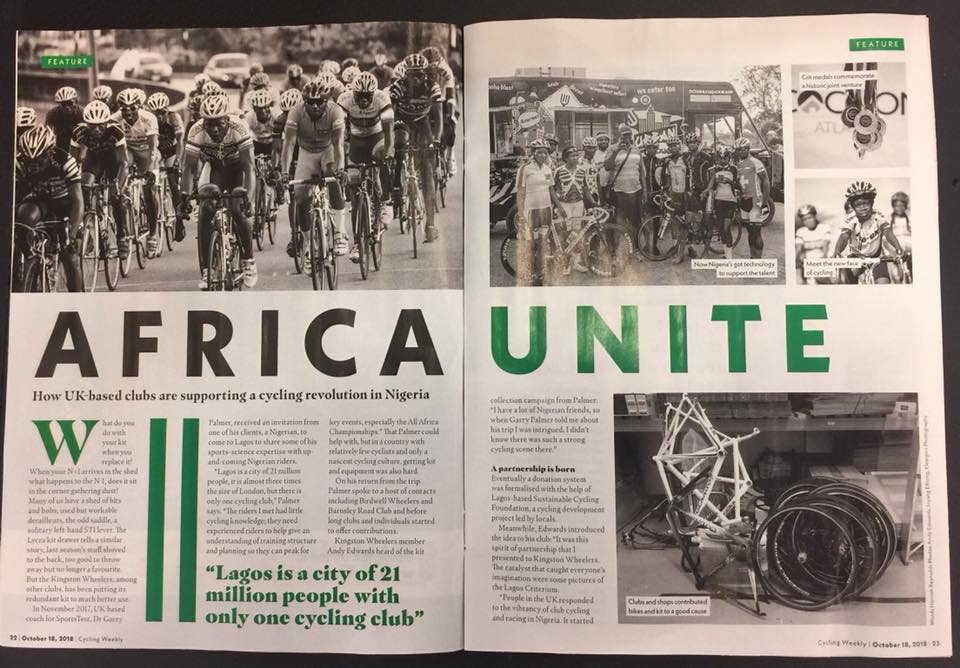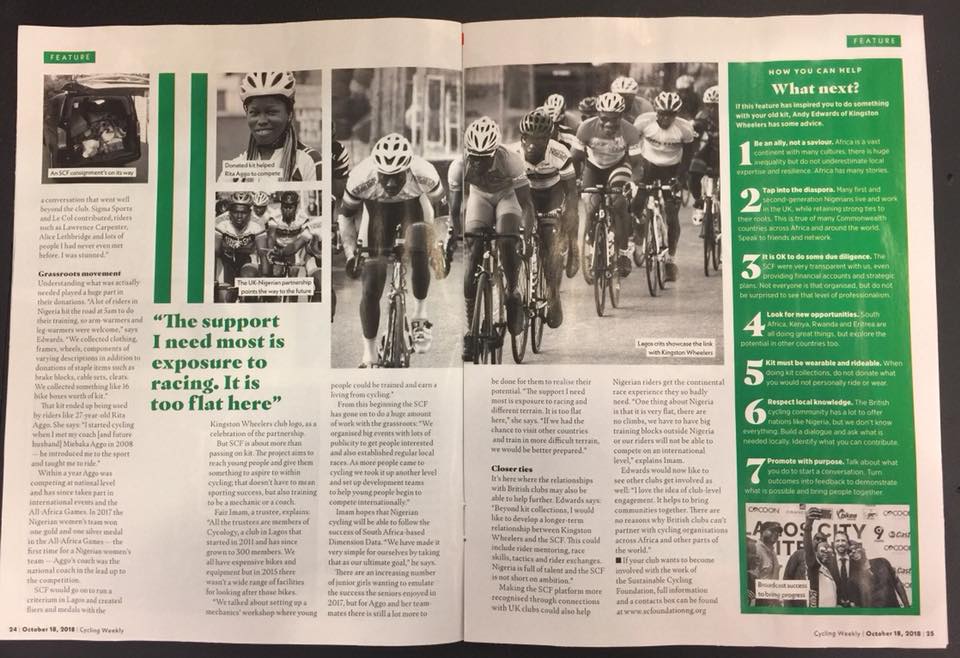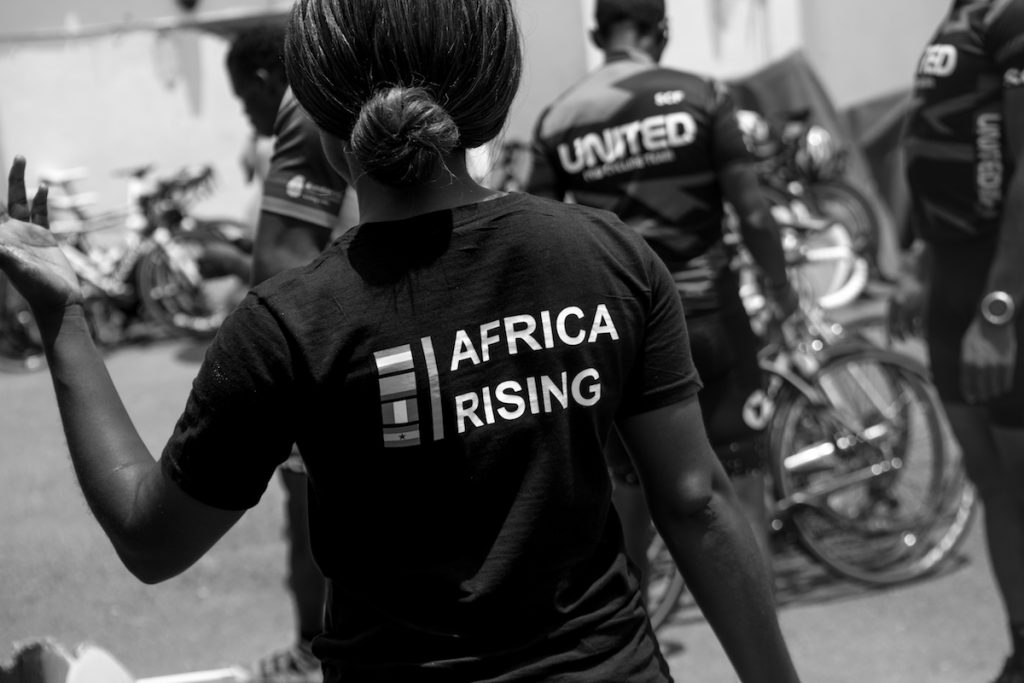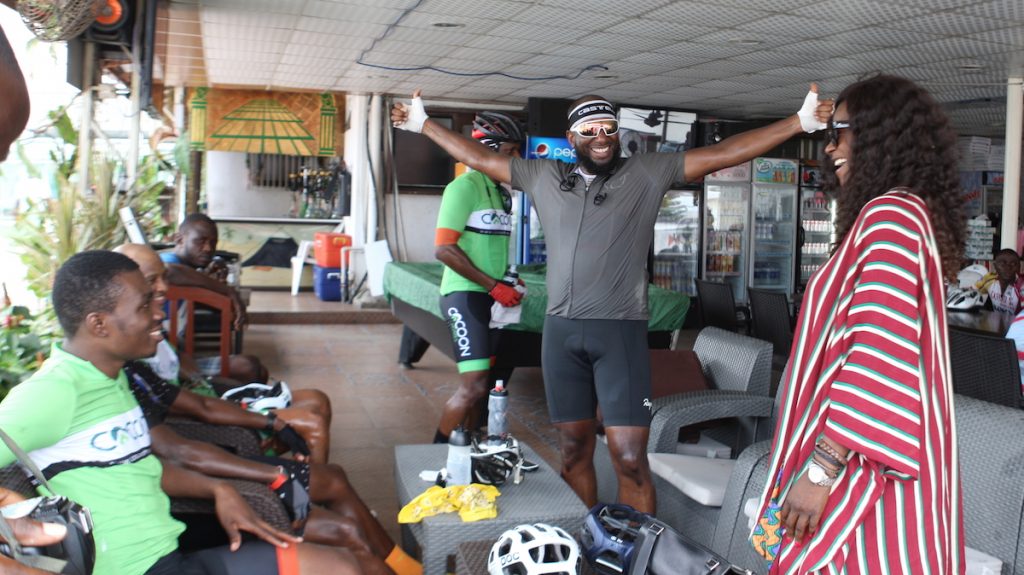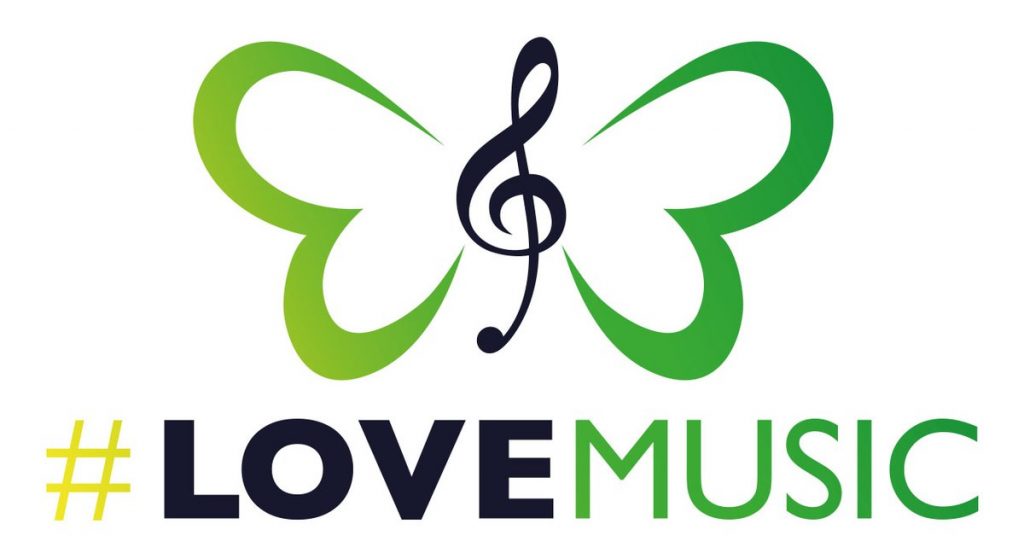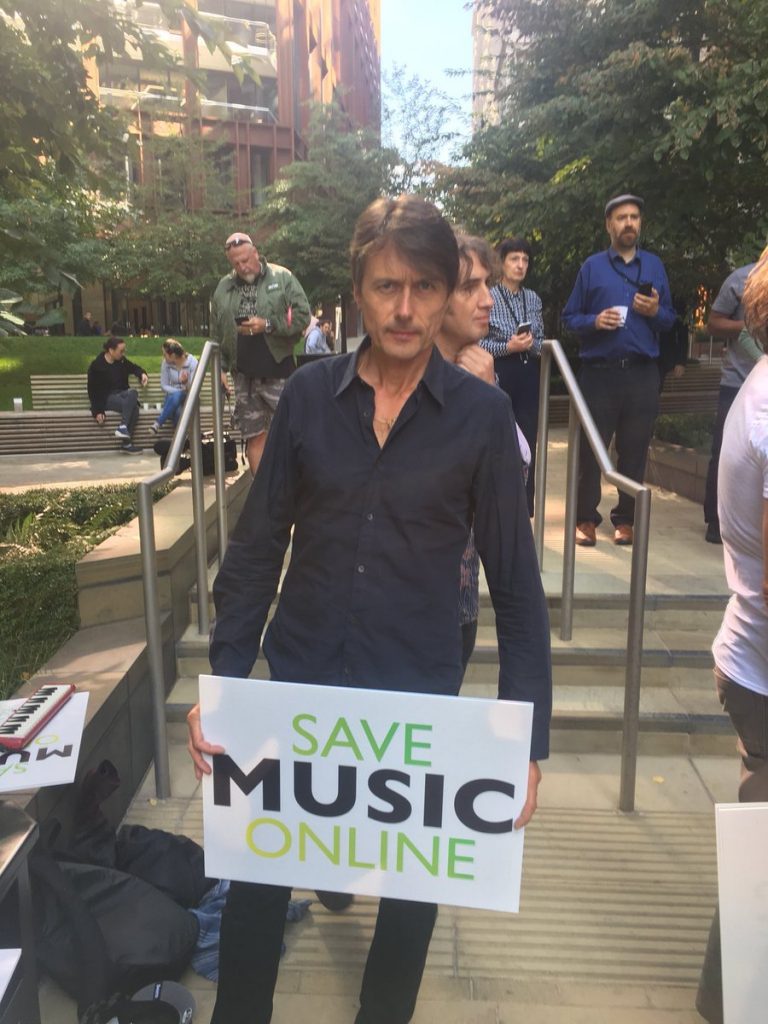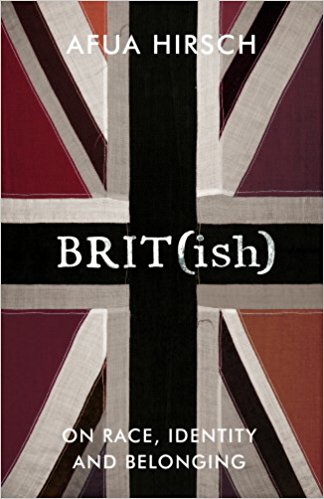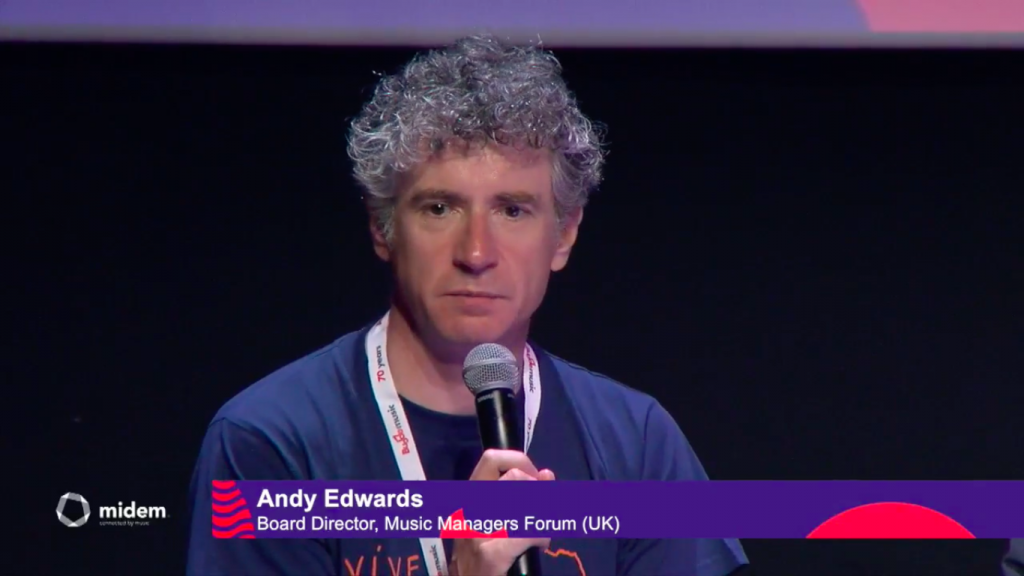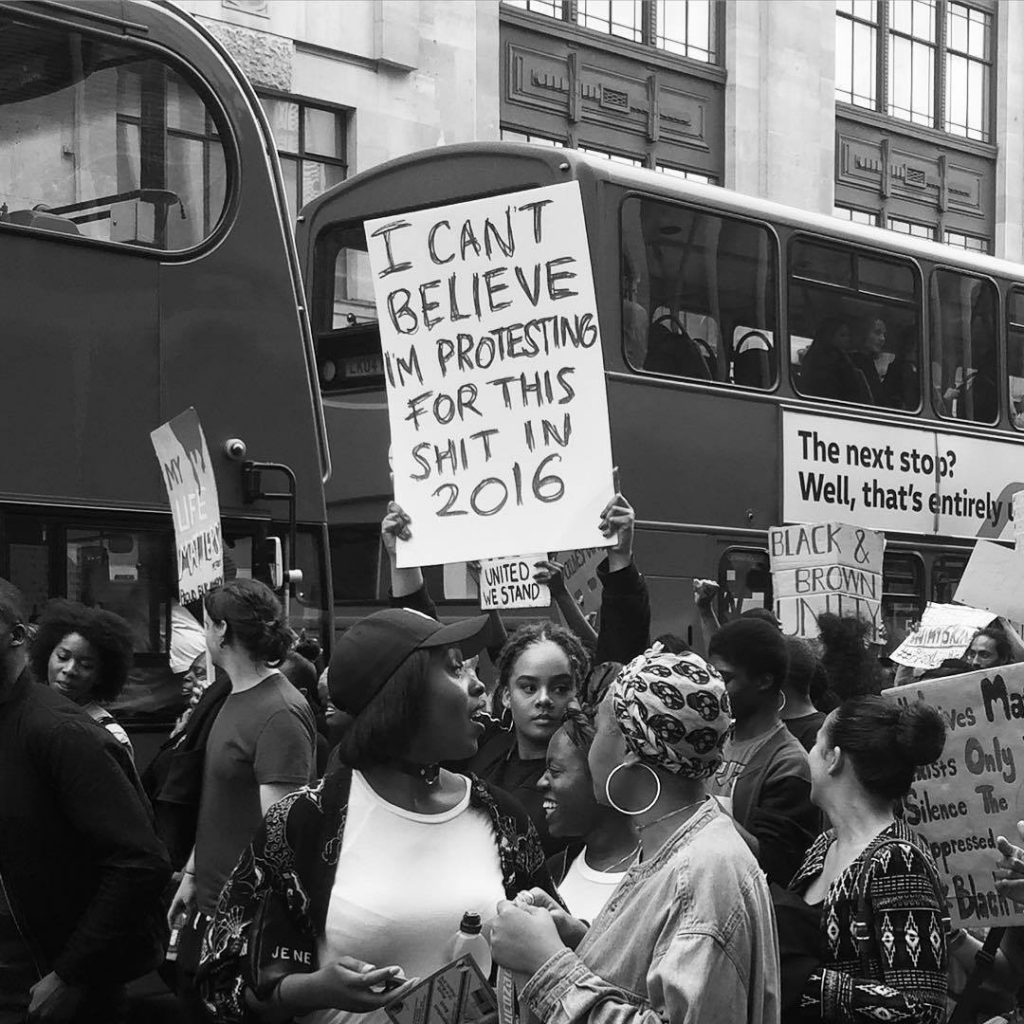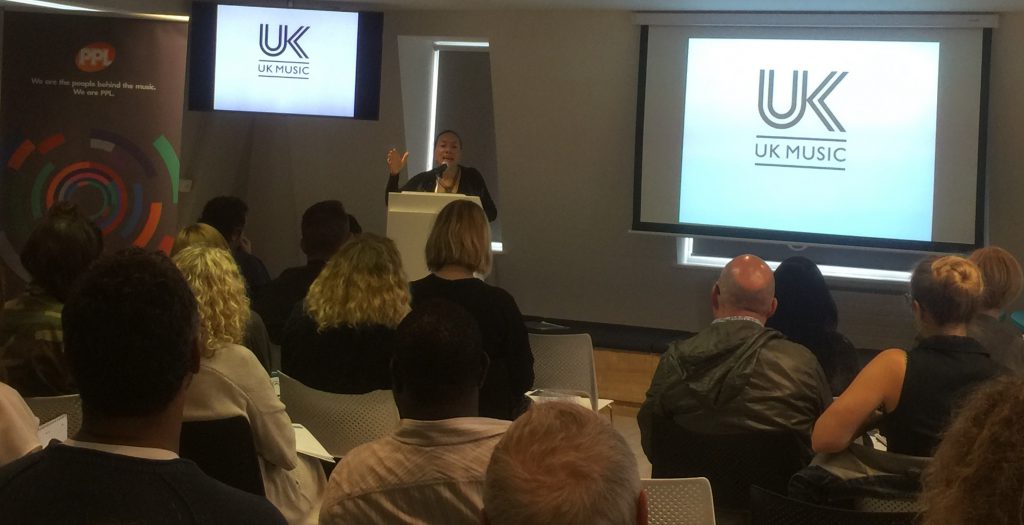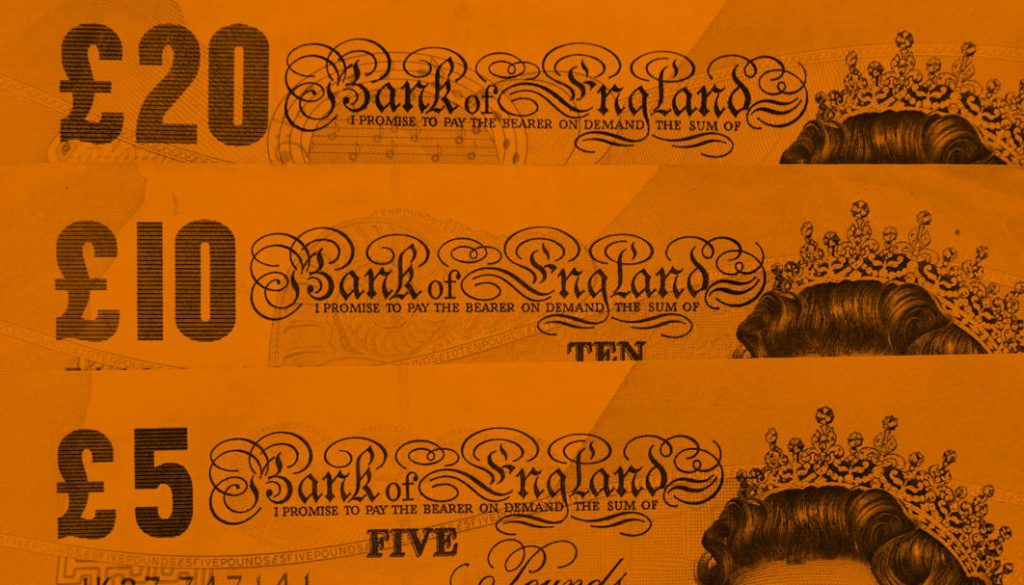
This article first appeared in Music Business Worldwide and details a project I have led for the past eighteen months. Time to pass the baton now, but politicians are looking very seriously at this issue. The matter was debated in the House of Commons today. No complaints about anyone involved – including the major labels – but perhaps government can help move this forward.
In August 2015, I wrote an article for Music Business Worldwide entitled Transparently Obvious: The Music Business Has To Change. The article was based on my experience in artist management and as a director of the UK’s Music Managers Forum (MMF). It came in the wake of Berklee College of Music’s Rethink Music report, which caused quite a stir at the time.
The transparency agenda has been a response to the secretive culture surrounding the commercial deals between rights owners and digital services. Non-disclosure agreements (NDAs) were blamed for the opacity in accounting to artists and writers.
There was a feeling amongst creator organizations and the MMF specifically that a transparency code of practice could solve many of these issues. Jo Dipple and Andy Heath, CEO and Chairman of UK Music, agreed this was worth attempting within the UK Music community. The intention was simple but also extremely ambitious.
“THERE WAS A FEELING AMONGST CREATOR ORGANIZATIONS AND THE MMF SPECIFICALLY THAT A TRANSPARENCY CODE OF PRACTICE COULD SOLVE MANY OF [THE UK INDUSTRY’S] ISSUES. JO DIPPLE AND ANDY HEATH, CEO AND CHAIRMAN OF UK MUSIC, AGREED THIS WAS WORTH ATTEMPTING.”
Simple insofar as the code would be a non-legally binding plain English document detailing a general statement of intent. It was extremely ambitious insofar as it sought to unite the entire recorded music industry around a single position on transparency.
The entire recorded music industry being: music publishers, songwriters, major labels, indie labels, featured artists, musicians, producers, managers and collection societies. A varied bunch of constituencies: each with their own requirements and views and then differing views again within each of those constituencies.
Most of the ten organizations represented on the UK Music board had in turn at least 10-15 members on each of their respective boards. In the case of the majors, the document had to be signed off not only by the UK company but also each major’s global HQ. There were a lot of lawyers involved. This was not an n+y level of complexity, or even nxy complexity; it was ny complexity and then some.
All this for a code of practice I intended being as simple as possible: the first draft was 268 words and the final draft was 562 words. There were a lot of drafts.
Steve Jobs once said “simple can be harder than complex”. He was not wrong.
After almost eighteen months and an awful lot of calls, coffee meets, confidential chats and boardroom debates the project finally came to an end when it became clear that it would be impossible to reach a consensus at this time.
Despite the fact we did not get the document across the line, a great many positives emerged that are worth sharing. For me it was always about the process and not the outcome. The process was hugely beneficial on a number of levels:
THE PURPOSE:
Codes of practice tend not to be legally binding, but they do have legal weight. For this reason the code benefited from a great deal of legal scrutiny.
There were three basic principles: Transparency, Clarity and Alignment of Interests. That meant: be open about the terms on which you do business with those to whom you account (e.g. your artist or writer roster); be clear in how you manage and present information relating to those deals; and act in the spirit that whatever is good for you as a rights owner should be good for your roster, i.e. share the total value of the deal proportionately with your roster.
“THE MESSAGE TO RIGHTS OWNERS WAS: STRIKE DEALS WITH DIGITAL SERVICES HOW YOU SEE FIT AND AGREE PERCENTAGES OR REVENUE SHARES WITH YOUR ROSTER THAT YOU FEEL ARE APPROPRIATE TO THE SITUATION.”
The message to rights owners was: strike deals with digital services how you see fit and agree percentages or revenue shares with your roster that you feel are appropriate to the situation. The code is not there to interfere on specific commercial terms, but abide by the spirit of the code in how you conduct business.
The message to creator groups was: define precisely what you are asking for. Transparency does not mean sharing everything with everyone, points of clarity should be reasonable and alignment of interests should be in reference to the commercial deals from which you are a direct beneficiary (e.g. Spotify, Deezer, etc).
THE PROCESS:
Neutrality was essential. From the outset I insisted on being “neutral broker”. That meant metaphorically removing my MMF hat for the purposes of leading the project. It took a bit of adjustment from all involved, not least my MMF board colleagues, who were incredibly gracious in letting me get on with it as a collective project.
Having established that principle, I was sure to abide by it. Label executives could be incredibly helpful and creator representatives unrealistic at times. I had no hesitation in saying so and vise versa. It was about demonstrating fairness.
Reference points played a part in establishing the code. The WIN Declaration, first established by Alison Wenham in 2014 was one such point of reference. This dealt with establishing similar principles within the independent label community. It was quite a challenge for Alison to pull off. The challenge within the UK Music community was even greater insofar as it meant achieving consensus not only with independents, but also with major labels, music publishers, collection societies and all the various creator groups.
“ATTITUDES WERE INITIALLY VERY ENTRENCHED ON BOTH SIDES.”
Community and teamwork were essential elements. I led the project, but it was not about me. It was always about the community. On the creator side that meant building a coalition between managers (MMF), songwriters (BASCA), featured artists (FAC), musicians (MU) and record producers (MPG). It meant making sure the right people were in the loop at the right time. For instance, in meeting with PRS and MPA, Vick Bain from BASCA was present and her voice took priority over mine.
Listening is the most essential element of any dialogue. Attitudes were initially very entrenched on both sides. It was a question of getting under the surface of the sound bites and the headlines that had played out in the trade press. It was about identifying the underlying concerns.
As the document evolved those concerns were addressed. Many on the creator side felt the document became very watered down, but the underlying principles of the code remained intact. I urged everyone to be realistic and focus on the direction of travel, albeit acknowledging different organizations and companies move at different speeds.
THE OUTCOME
We almost made it. The final version of the code was at a point where it could be considered by the respective boards of each member of UK Music. In the case of the BPI, whose major members were discussing the code with me directly, the major labels were considering the code at a global level.
The outcome was that all three major labels declined to officially support the code of practice. This is where the project ground to a halt.
In fairness to the major labels, there were some reservations elsewhere. For instance, a similar debate was in progress within some music publishers. My personal view is the support of the majors was essential in bringing all sides of the industry together.
The objections voiced about the code (not just from the labels) could be broadly summarised as follows:
- Firstly, there was a feeling amongst some executives that transparency was purely a matter between themselves and their respective rosters.
- Secondly, some felt they already complied with the code of practice (the final draft), so they felt there was nothing to gain. All the majors had announced varying improvements in transparency during the period the code was in discussion.
- Thirdly, in light of the draft EU Copyright Directive published in September 2016, which contains transparency provisions, some executives felt overtaken by events, although from a UK perspective, post-BREXIT these provisions may not be adapted or enforceable.
Finally, there was concern surrounding a further aspect to the draft EU Directive on contract adjustment, whereby creators could renegotiate “unfair” contracts with labels and publishers. Some executives felt the code conflated this issue with that of transparency or could be interpreted as such.
I fundamentally disagree with this position. The code of practice merely seeks to “align interests” between creators and rights owners, it is not there to determine what is or is not a “fair” contract. Rights owners are strongly opposed to contract adjustment.
THE WAY FORWARD
Irrespective of what happens next, the process has been worthwhile. Even without a specific agreement, the respective sides of the industry better understand one another. Progress has been made. Rights owners have made, to varying degrees, public commitments on transparency even if creator groups want them to go further.
I can say categorically those major rights owner executives who did engage did so positively and constructively. Inevitably they were mostly lawyers, but they offered solutions rather than problems. I have nothing but praise for their efforts.
On the creator side, the code helped stimulate a more collaborative approach. Writers, artists, producers, musicians and their managers have more in common than not, so it makes sense for them to work together. This benefits rights owners, who sometimes find it difficult to accommodate varied points of view on the creator side.
So what next?
The voluntary code of practice on search engines signed by Google and Bing over the past week demonstrates very clearly what can be achieved. Government, tech and creative industries all support it, but it took years to reach an agreement.
“A CODE OF PRACTICE, IN PART, PROMOTES BEST PRACTICE WITHIN THE INDUSTRY BUT IT ALSO SENDS A POSITIVE MESSAGE TO GOVERNMENT AND THE WIDER WORLD.”
My comment to rights owners is this: think not just in terms of the relationship with your own rosters, but how to raise the bar for everyone. A code of practice, in part, promotes best practice within the industry but it also sends a positive message to government and the wider world.
My comment to creator groups is this: be specific in your requests and avoid inflammatory statements. Rights owners get very nervous when demands appear too open ended. In fairness, creator representatives have responded positively to that message and, in some cases, they have been way ahead of me.
To all sides of the industry my comment is this: keep believing in the process and keep engaging. By all means be joined up, but please avoid conflating issues. Transparency and remuneration can be dealt with separately, if further definition is required then find that definition. Avoid the long grass.
We are all fiercely creative and competitive, but we should learn to be more collaborative. In a world where technological, social and political forces increasingly impact on our world, we need to be more aligned that ever before.
What happens next is anyone’s guess. These are interesting times.
We must work smarter and more efficiently: Transparency, Clarity, Alignment of Interests are outcomes that must prevail one way or another.

